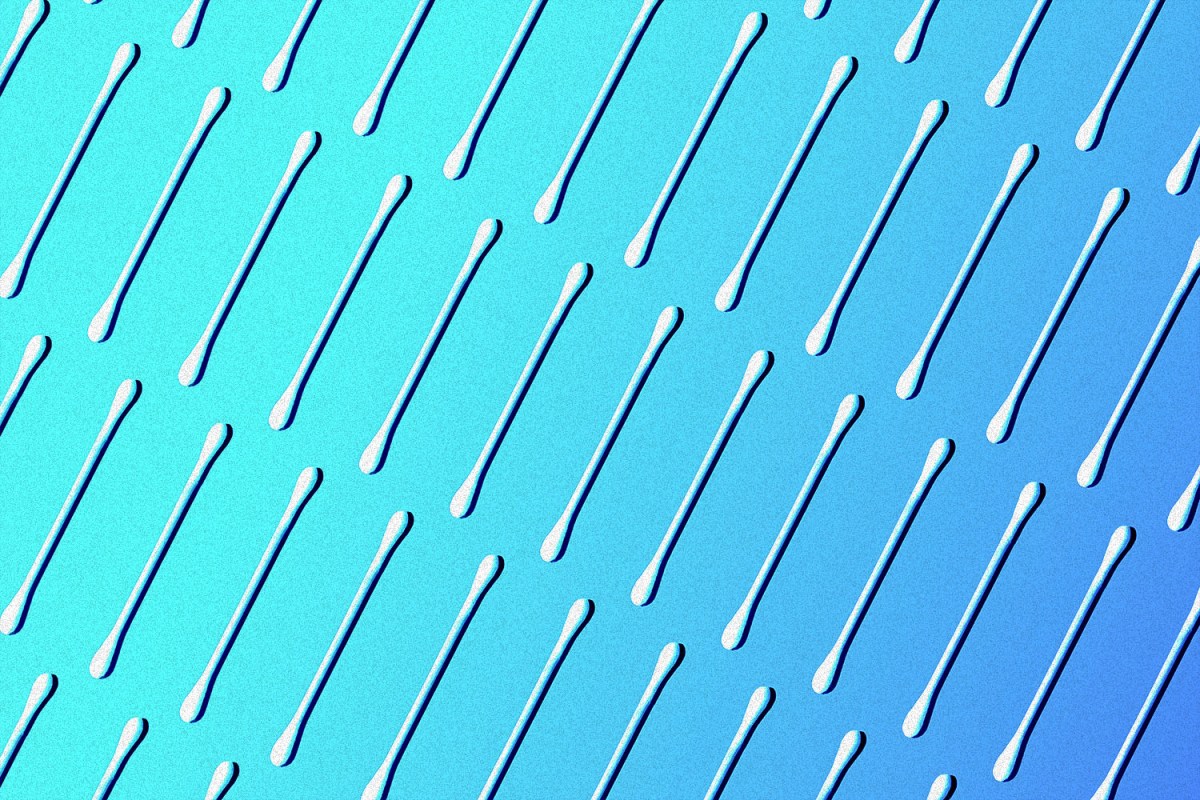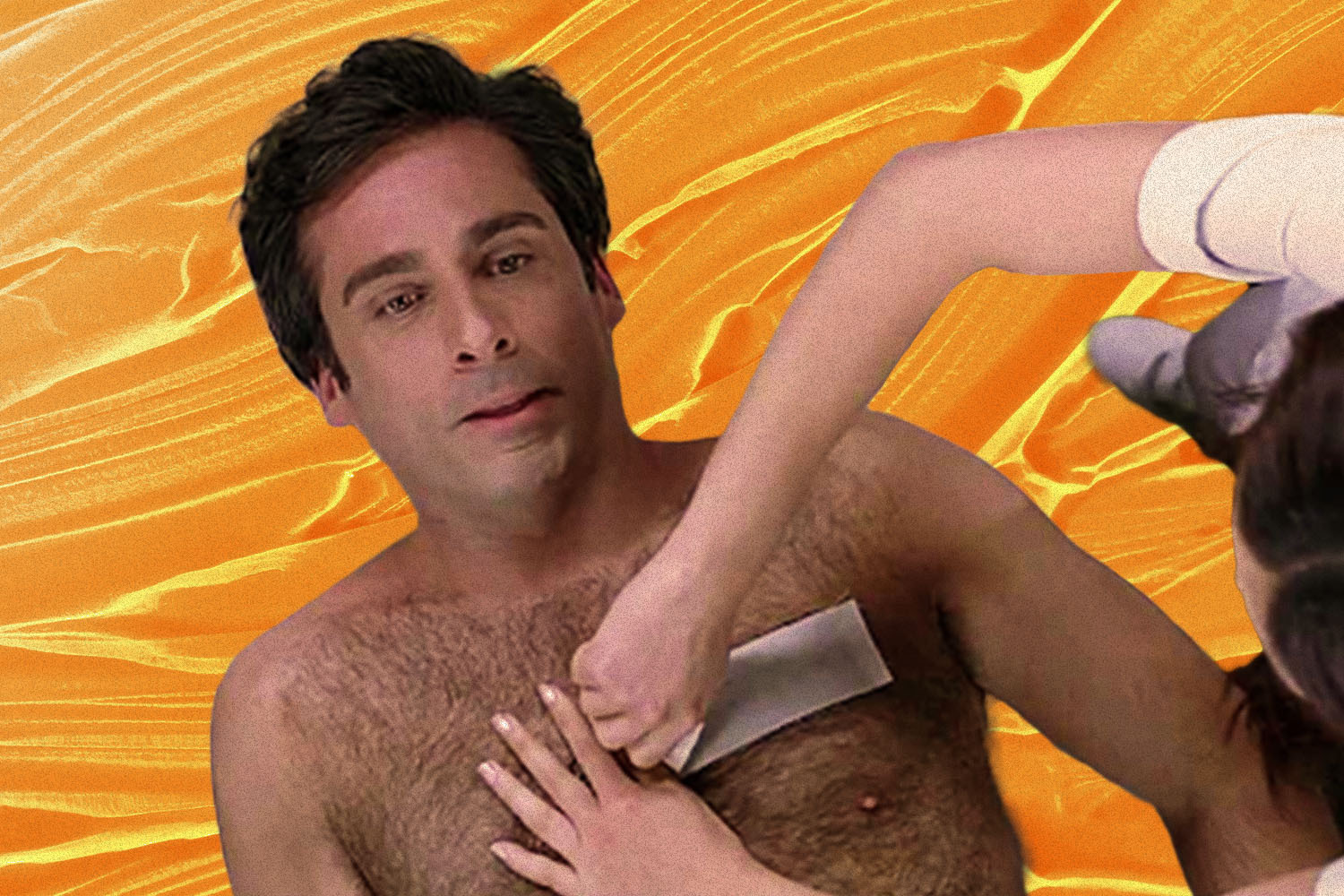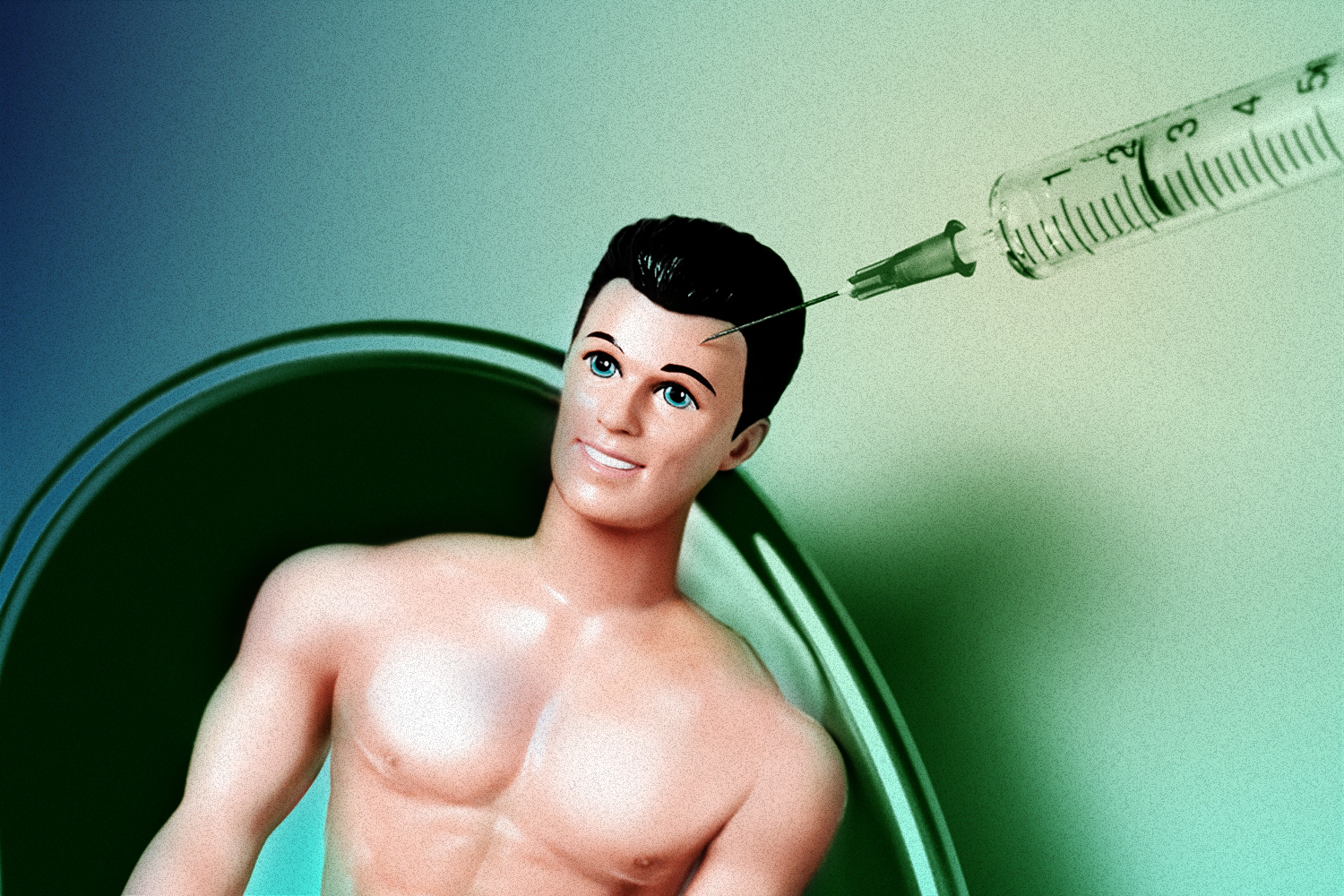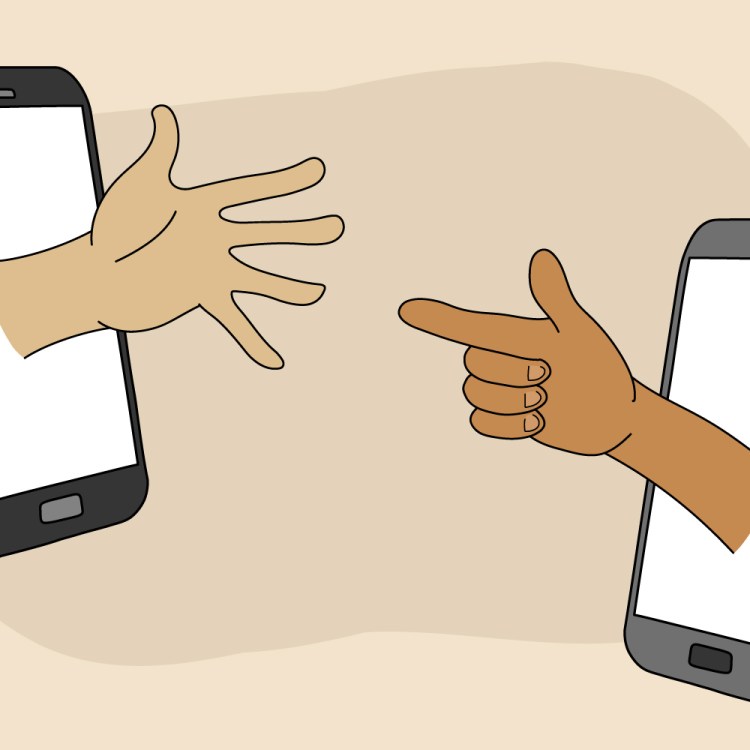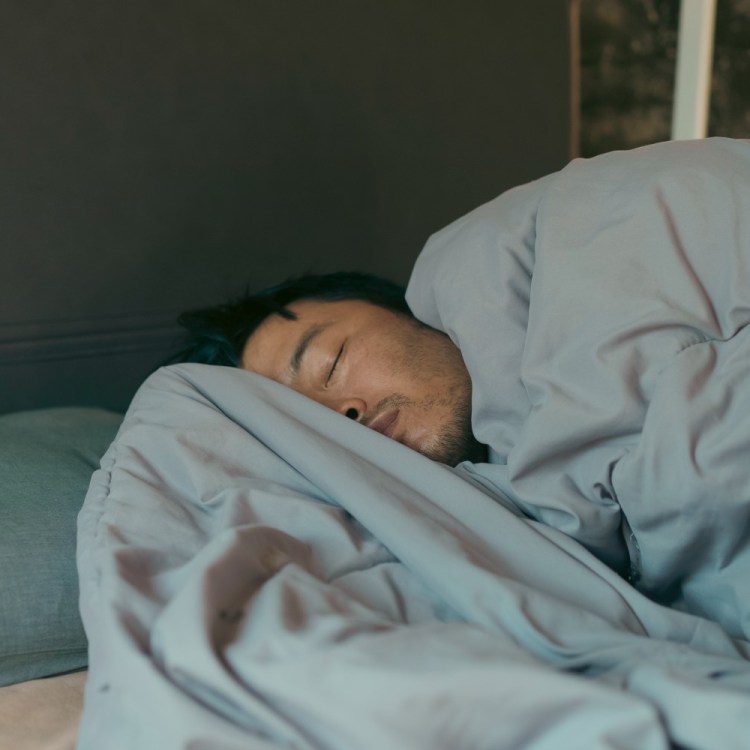Listen, it’s gross but I’m not ashamed to admit it: I have an earwax problem. At least once or twice a year I used to have to go to the doctors because my right or left ear was clogged. I was in pain and could not hear a damn thing. The first thing doctors typically did was shame me for my Q-tip usage, something I don’t even dare to think of doing now.
Over time, I’ve been able to clean my ears properly at home and rid build-up with recommended over-the-counter products to avoid the copay and trip to the doctors. And while my immense earwax buildup is mostly due to losing the genetic lottery, the reason you might be dealing with your own waxy issues could simply be that you are A) cleaning your ears on the regular, but B) simply doing it all completely wrong.
That’s why I hit up a few otolaryngologists (aka ear, nose and throat doctors) to get the cold, hard facts on why you’re screwing up and how you can properly flush out the gunk, for good.
How build-up happens
Like the rest of the skin on our bodies, the skin of the ear canal creates new skin and sheds dead layers. This dead skin — coupled with cerumen, the waxy substance produced by the external canal as a lubricant and antibacterial agent protecting against dirt, dust and microorganisms — creates the wax we love to dig out of our ears. Unlike the skin on the rest of our body that is easily washed away when we shower, dead skin and wax in the ear canal slowly migrate towards the outside, a process that can take several months, explains Dr. Hamid Djalilian, Director and Professor of Otology, Neurotology, and Skull Base Surgery at the University of California Irvine.
The simple acts of chewing and moving your jaw are actually the first line of defense in ushering the cerumen out of your ears, says Dr. Inna Husain, an Assistant Professor at the Department of Otolaryngology at Rush University Medical Center. That’s right: your ears are self-cleaning, just like a decent oven or a housecat. But despite the fact that the ears are natural cleaning agents, wax build-up can still occur for multiple reasons.
“Some people produce a lot of cerumen and some people’s natural movement of the dead skin is too slow to move the wax out before new stuff is produced. Some people have both problems,” says Djalilian. A narrow ear canal where wax gets stuck and has difficulty moving out is another contributing factor, as well as having a condition like psoriasis that causes an excess of dead skin to shed. “As we get older, the natural migration of the skin slows down and the wax becomes dryer, so the process as a whole slows down and leads to accumulation more commonly,” he adds.
Wearing earbuds or hearing aids can also increase excessive wax build-up, notes Dr. Leann Poston. In-ear headphones or earbuds, in particular, can block wax from naturally draining, so it’s important to clean your earbuds regularly and be mindful of how long you have them in — if not for the irritating, gross wax build-up, then for your poor blown-out eardrums.
The most common ear-cleaning mistakes
“The most common mistake people make when cleaning their ears is actually cleaning their ears,” says Djalilian.
Most of us clean our ears using cotton swabs or Q-tips, but this only pushes wax deeper into the ear canal. “In general, people think they are removing some wax, but that is usually a small amount. The rest of it gets pushed towards the eardrum. Basically, the body is trying to push the wax and dead skin out, but people are pushing it back in with the Q-tip.”
Compacting this wax can actually create a myriad of issues, from bacteria build-up and infection to more serious problems like hearing loss, notes Dr. Shawn Nasseri, a Mayo Clinic trained ENT. “In severe cases, it can damage the eardrum. Q-tips are not meant to go down into the ear canal, period,” says Nasseri.
Additionally, using your fingernails or other objects could cause small cuts that let in microscopic bacteria and lead to infection. Earwax is ultimately there for a reason, and it’s good to have some hanging around in order to prevent ear canal infections. Plus, over-cleaning can irritate ears and cause dryness.
OK … but I still need to clean my gross ears, how do I do that?
Since the ears are self-cleaning, you really don’t need to clean your ears unless you have issues with wax build-up as discussed above, explains Djalilian. Still, if you absolutely cannot forgo cleaning, there are a couple of things you can do.
“When cleaning your ears, keep it simple and be gentle. When you get out of the shower, wipe your ears with your towel or a warm, damp washcloth,” says Nasseri, who adds you can use cotton swabs, but only on the outside/outer rim of the ear to clean any wax in that area.
Now for those who suffer from more extreme wax build-up, there are luckily at-home home remedies you can utilize, but it’s important to note that you should never remove wax if you’re experiencing pain, have just had surgery or have tubes in your ears. Instead, go see a doctor. “If your eardrum is ruptured or has a hole in it and you attempt to irrigate the ear canal, you can cause permanent damage to your ear and ability to hear,” says Poston. Smelly or itchy ears are also signs that you may need a proper cleaning, and if so, you should visit your doctor.
Generally, though, you can ease wax build-up at home using over-the-counter products. Debrox Otic is often recommended by doctors and is a diluted form of hydrogen peroxide that helps to soften ear wax for removal. Most OTC kits include an ear syringe that you fill with warm water to flush out the softened ear wax. “If you’re going to use these, use body-temperature water, otherwise it will make you dizzy if it’s too cold or hot, by stimulating the inner ear,” notes Djalilian. You can also use substances like mineral oil and olive oil to lubricate the ear canal and prevent wax build-up, adds Husain.
Those who are diabetic or immunocompromised should also steer clear of using anything that can abrade the ear, like a Q-tip, and avoid using water or peroxide in the ear, says Djalilian. This is because those individuals have a higher risk of developing an ear infection that can spread from the ear canal skin to the bone, incurring further health issues. Wax is also normally acidic, which prevents the growth of bacteria … except for those with diabetes, whose earwax is not acidic, and are therefore more prone to ear-canal infection.
If you are diabetic or immunocompromised, Djalilian recommends flushing the ear with a mixture of alcohol and vinegar instead of water. “The mixture can be done as ½ and ½ and again, warmed to body temperature. The tip of the syringe should be pointed upward in the ear canal as you gently push the liquid in the ear.”
Et voila, clean ears. No Q-Tips necessary.
Whether you’re looking to get into shape, or just get out of a funk, The Charge has got you covered. Sign up for our new wellness newsletter today.
